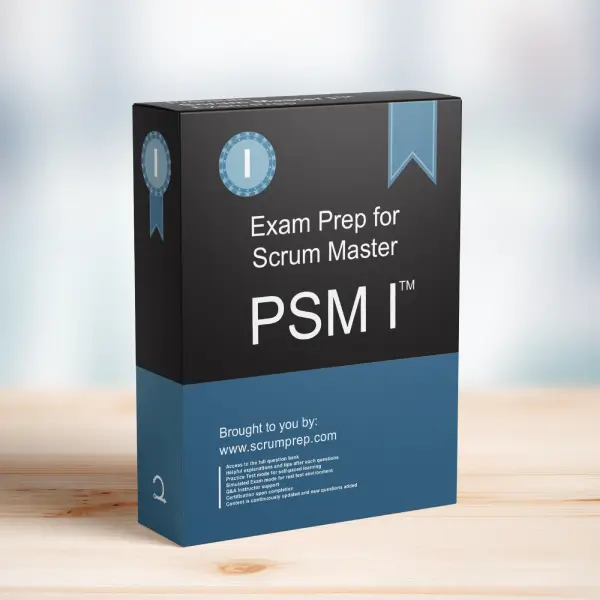Maximizing Transparency in the Product Backlog
Scrum is built on the foundation of empiricism, which means that decisions are made based on observation, experience, and experimentation. For this to work effectively, all Scrum artifacts must be transparent to ensure accurate inspection and adaptation. This article explores a specific exam question about maintaining the Product Backlog to maximize its transparency, providing detailed explanations and insights relevant to the PSM I exam.
Exam Question
Scrum is based on empiricism. All of its artifacts must be transparent to ensure sufficient accuracy of inspection. How can the Scrum Team maintain the Product Backlog to maximize its transparency? (choose the best answer)
- A. The Product Backlog items must be sized such that the highest ordered items are no bigger than a Sprint.
- B. Product Backlog is only updated at the Sprint Review, when both the Scrum Team and the stakeholders are available.
- C. Product Backlog is only updated at a release planning meeting with the stakeholders and the change control board present.
- D. The Product Backlog is continually kept up to date with the most recent insights.
- E. Product Backlog items should hold no more than 8 points of work, which is average in the range of acceptable sizes of 1, 2, 3, 5, 8, and 13.
Correct Answer
D. The Product Backlog is continually kept up to date with the most recent insights.
Explanation
Correct Answer
D. The Product Backlog is continually kept up to date with the most recent insights: This answer is correct because maintaining the Product Backlog with the most recent insights ensures that it reflects the current understanding of the product, market, and customer needs. This continuous updating maximizes transparency, allowing for accurate inspection and adaptation during Scrum events such as Sprint Planning and Sprint Reviews.
Incorrect Answers
A. The Product Backlog items must be sized such that the highest ordered items are no bigger than a Sprint: While it is helpful for high-priority items to be manageable within a Sprint, this practice alone does not ensure transparency. Continuous updating and refinement are key to maintaining transparency.
B. Product Backlog is only updated at the Sprint Review, when both the Scrum Team and the stakeholders are available: Updating the Product Backlog only during the Sprint Review is insufficient as it does not keep the backlog current with the latest insights and changes. Continuous updating is necessary.
C. Product Backlog is only updated at a release planning meeting with the stakeholders and the change control board present: This approach is too infrequent and does not align with the iterative nature of Scrum, which requires constant inspection and adaptation.
E. Product Backlog items should hold no more than 8 points of work, which is average in the range of acceptable sizes of 1, 2, 3, 5, 8, and 13: Limiting item sizes to a specific range does not inherently ensure transparency. The focus should be on regularly updating and refining the backlog.
Responsibilities in Scrum
- Product Owner: The Product Owner is responsible for ensuring the Product Backlog is transparent, ordered, and updated with the latest insights. They work closely with stakeholders and the Scrum Team to keep the backlog relevant and reflective of current priorities.
- Scrum Master: The Scrum Master facilitates the process of maintaining transparency in the Product Backlog by supporting the Product Owner and ensuring that Scrum practices are followed.
- Developers: Developers contribute to the transparency of the Product Backlog by participating in backlog refinement sessions, providing estimates, and offering insights based on their technical expertise.
Relevance to the PSM I Exam
Understanding how to maintain transparency in the Product Backlog is crucial for the PSM I exam. It demonstrates knowledge of Scrum principles and the importance of keeping artifacts up to date for effective inspection and adaptation. Mastering this concept ensures that Scrum Teams can effectively manage their work and respond to changes.
Key Takeaways
- The Product Backlog should be continually updated with the most recent insights to maximize transparency.
- Transparency allows for accurate inspection and adaptation, which are fundamental to the Scrum framework.
- Collaboration between the Product Owner, Scrum Master, and Developers is essential to maintaining a transparent Product Backlog.
Conclusion
Maintaining transparency in the Product Backlog through continuous updates ensures that the Scrum Team can accurately inspect and adapt their work. This practice aligns with the




